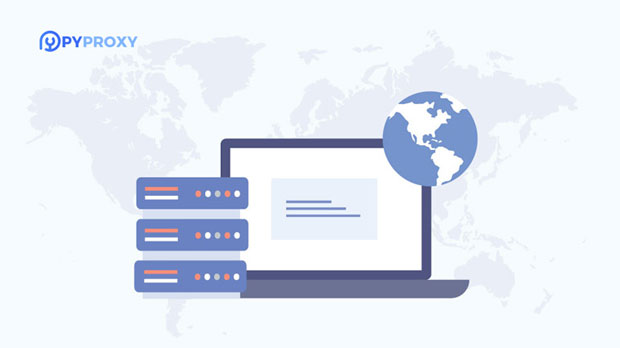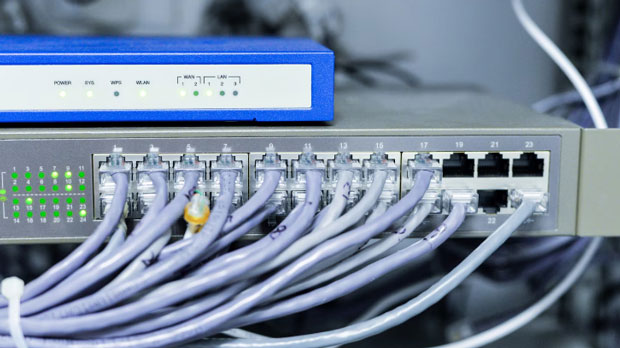When selecting the ideal pricing and plan for residential socks5 proxies, it is essential to balance performance, cost, and features that meet your specific needs. Residential SOCKS5 proxies offer enhanced privacy, security, and anonymity, but they come with varying pricing structures depending on factors such as bandwidth, location, and the number of IPs included. To make an informed decision, you need to understand the key aspects of pricing models, features, and long-term value that will best suit your use case, whether for browsing, web scraping, or other applications. This guide will break down the critical components of residential SOCKS5 pricing and plans to help you navigate through the options effectively. Understanding the Basics of Residential SOCKS5 ProxiesBefore diving into the pricing and plans, it's important to understand what residential SOCKS5 proxies are and why they are valuable. SOCKS5 is a protocol that allows users to route their internet traffic through a proxy server, providing an additional layer of privacy and anonymity. Unlike data center proxies, which use IPs from a specific server farm, residential proxies use IPs assigned by internet service providers (ISPs) to real homes. This makes them appear as legitimate residential traffic, making them harder to detect and block by websites or services.Residential SOCKS5 proxies are commonly used for a variety of tasks, such as bypassing geographical restrictions, maintaining privacy while browsing, and conducting web scraping without triggering CAPTCHAs or rate limits. However, the pricing of these proxies can vary significantly based on factors such as the provider, the number of IPs, bandwidth, and additional features offered.Key Factors Influencing Residential socks5 proxy PricingSeveral factors contribute to the overall cost of residential SOCKS5 proxies. Understanding these elements will help you evaluate whether a given pricing structure aligns with your requirements.1. Bandwidth and Data UsageOne of the most significant pricing factors for residential SOCKS5 proxies is the amount of bandwidth or data usage included in the plan. Depending on your use case, you may need high bandwidth for tasks such as streaming, large-scale web scraping, or running multiple instances of a program. The more data you plan to use, the higher the cost of the proxy plan.Typically, residential SOCKS5 providers offer different tiers of bandwidth. Some may offer unlimited bandwidth options, while others may cap your monthly data usage at a certain threshold. If you're planning to use proxies for a resource-heavy activity, such as running bots or scraping large amounts of data, look for plans that offer higher bandwidth or unlimited usage to avoid throttling or extra charges.2. Number of IPs and IP RotationAnother critical factor in determining pricing is the number of residential IPs and the frequency of IP rotation. Most residential proxy providers charge based on the number of IPs you need access to, with larger plans providing more IPs at a discounted rate per IP. For instance, a plan with 100 IPs may cost less per IP compared to a plan with just 10 IPs.IP rotation is essential for tasks such as web scraping, as it prevents websites from detecting and blocking the same IP address repeatedly. Some providers include automatic IP rotation in their plans, while others may offer it as an additional feature for an extra fee. Consider your needs for IP rotation and how often you will need to switch IPs when choosing your plan.3. Location of the IPsThe location of the residential proxies can significantly affect the pricing. Residential proxies are often priced higher for IPs located in high-demand regions such as the United States, the European Union, or other developed countries. If your tasks require access to specific geographic regions, you may need to choose a plan that includes proxies from those locations, which will likely come at a premium.On the other hand, if your usage is more generalized, you can often find lower-cost plans that offer a wide distribution of IPs across various locations. Keep in mind that the closer the proxies are to your target region or audience, the more effective and cost-efficient your proxy plan will be.4. Reliability and SpeedWhen choosing a residential SOCKS5 proxy plan, reliability and speed should not be overlooked. Proxies with poor performance or inconsistent uptime can negatively impact your activities, especially if you're using them for time-sensitive tasks like purchasing limited-stock items or conducting live data scraping. To ensure smooth operations, choose a plan that offers high-quality proxies with low latency and high uptime guarantees.5. Extra Features and Add-onsSome residential SOCKS5 proxy providers offer additional features, such as authentication methods (e.g., IP or username/password), dedicated customer support, and enhanced security measures. These add-ons can increase the cost of the plan but may be essential for your specific use case. For example, if you're conducting high-risk activities that require additional layers of security, a plan with advanced authentication or encrypted connections may be necessary.Different Pricing Models for Residential SOCKS5 ProxiesResidential SOCKS5 proxy pricing models can vary depending on the provider and the specific plan you choose. Here are the most common pricing models:1. Pay-as-you-go (Metered Plans)With pay-as-you-go pricing, you are charged based on the amount of data or bandwidth you use. This model can be cost-effective if your usage is unpredictable or varies over time. However, if your activity requires consistent or high data usage, pay-as-you-go pricing can become expensive. This model is often used by businesses with seasonal or low-volume needs.2. Subscription-based PlansSubscription plans are more predictable and typically offer a fixed amount of bandwidth, IPs, or features each month. This model is ideal for customers who have regular and consistent usage. Subscription-based plans often offer discounts for long-term commitments (e.g., six months or one year), making them a cost-effective option for businesses or individuals with stable proxy needs.3. Tiered Pricing PlansMany providers offer tiered pricing plans that scale based on your usage. The more data, IPs, or features you require, the more you will pay. Tiered plans typically offer better value as you move to higher levels, making them a good option for businesses with growing proxy needs. Some tiered plans also include add-ons or features that can be activated as needed, giving you flexibility as your requirements change.Making the Right DecisionChoosing the right pricing and plan for residential SOCKS5 proxies depends on understanding your specific needs and weighing the trade-offs. Here are some steps to help you make an informed decision:1. Define Your Needs: Start by understanding your specific requirements—how much bandwidth you need, the number of IPs you require, and the locations you want to target.2. Compare Pricing Models: Review the different pricing structures and evaluate which model offers the best value for your needs. Consider whether a subscription, pay-as-you-go, or tiered plan is most appropriate.3. Check for Additional Features: Assess the additional features or add-ons included in the plan, such as advanced security, IP rotation, and support.4. Test the Service: If possible, take advantage of free trials or money-back guarantees to test the performance and reliability of the proxies before committing to a long-term plan.ConclusionChoosing the right residential SOCKS5 proxy pricing and plan requires a thoughtful evaluation of your needs, the features provided, and the associated costs. By understanding key factors such as bandwidth, IP rotation, geographical location, and additional features, you can make an informed decision that balances performance and affordability. Remember to regularly reassess your proxy requirements as your usage grows or changes, and always prioritize reliability and security when making your choice.
Dec 30, 2024






















































